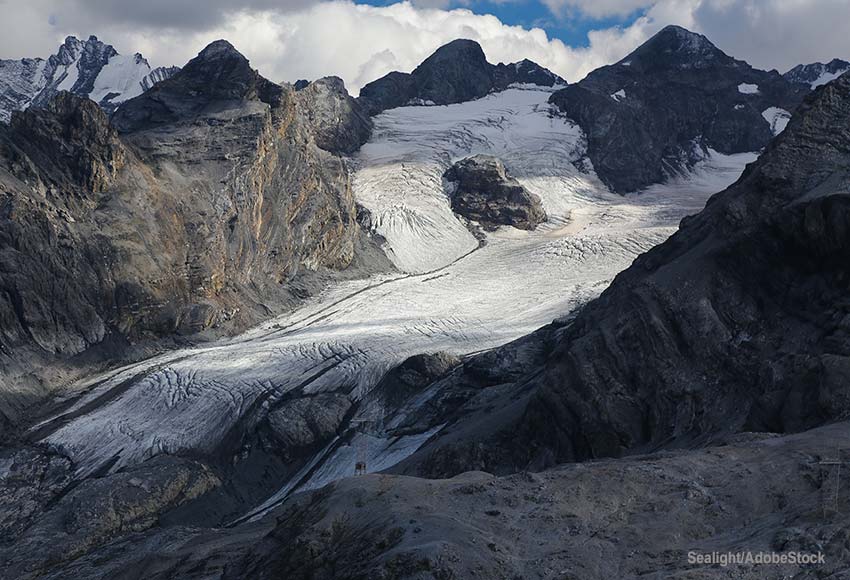FAQ about Glaciers

2. What is the difference between a glacier, an iceberg and an ice pack?
A glacier is a significant volume of ice and snow settled on the ground, especially in the mountains, caused by the compaction of snow.
An iceberg , or ice floe, is a large mass of floating ice that has broken off from a glacier or ice shelf. The icebergs are largely submerged, of which we can only see with the naked eye one eighth of its size, the so-called tip of the iceberg.
A pack ice , or sea ice, is a layer of floating ice that forms in polar ocean regions. Its typical thickness is one meter when it is renewed each year, which then increases between 4 to 6 meters, although on some occasions it can reach up to 20 meters or more.
FAQs about glaciers
1. What are glaciers, how long do they take to form and retreat?
2. What is the difference between a glacier, an iceberg and an ice pack?
3. What benefits do glaciers provide us?
4. Why are glaciers and other ice the Earth’s sunscreens?
5. What would happen if all the glaciers on Earth melted?
6. Did you know that Venezuela is the first country in the world to lose its last glacier?
8. How many glaciers are there on Earth and which are the highest?
Other sections of Glaciers
Video Gallery
The Planets In Our Solar System
